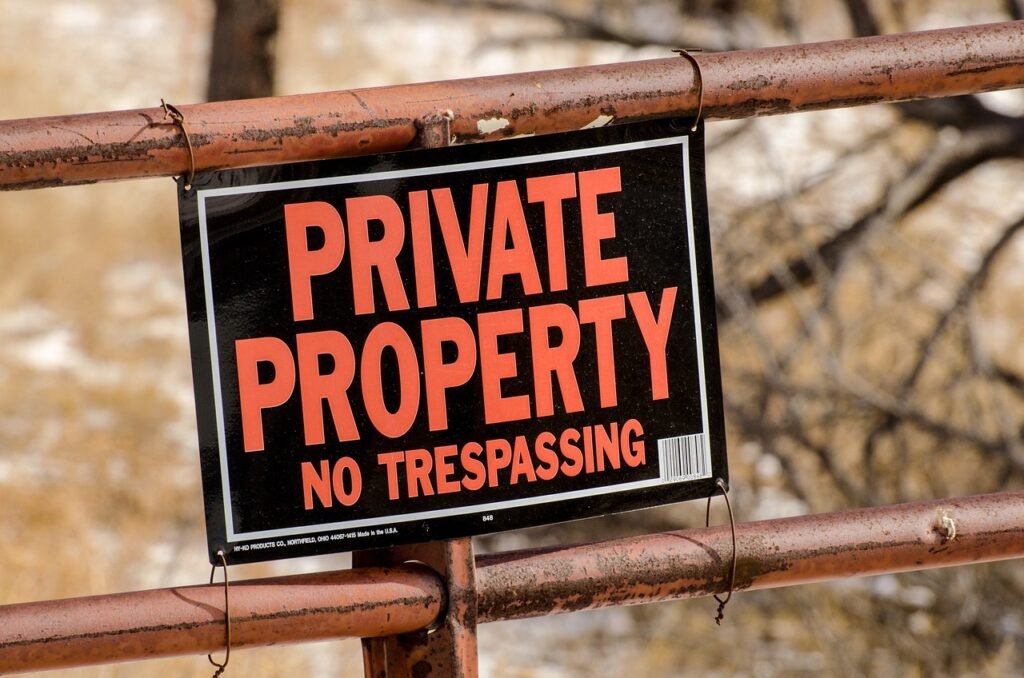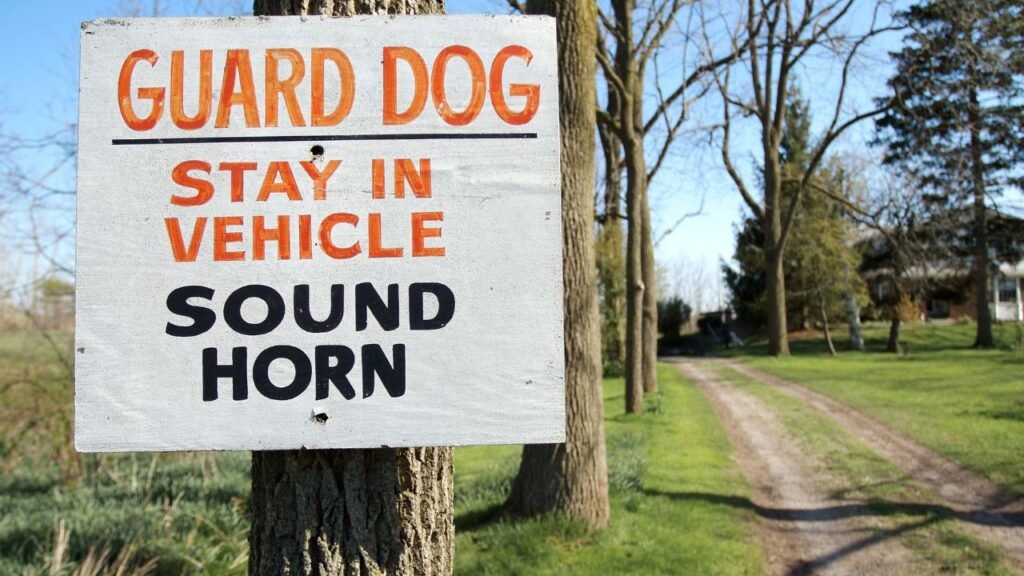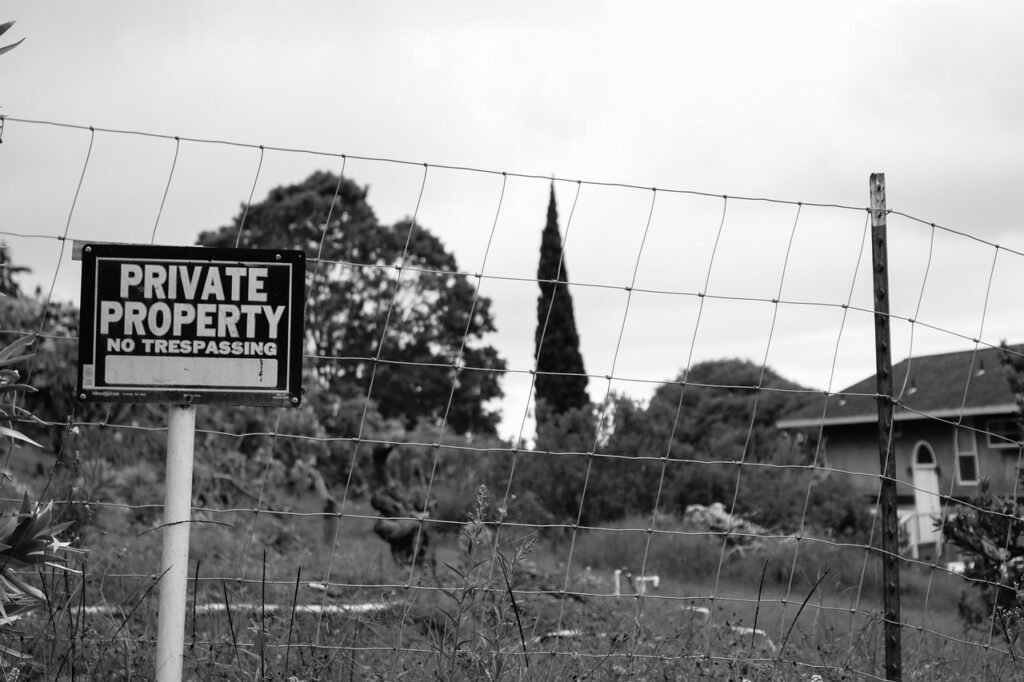In a world where unforeseen emergencies and disasters can disrupt the normal course of life, having a Bug Out Location (BOL) becomes a crucial aspect of preparedness.
A Bug Out Location is a designated place where individuals or families can retreat in times of crisis, ensuring safety, security, and a means to sustain themselves.
Whether it’s a natural disaster, civil unrest, or any unexpected event, having a well-thought-out Bug Out Location can mean the difference between vulnerability and resilience.
This article aims to guide readers who may be new to the idea of Bug Out Locations, providing insights into the types of locations available, how to choose the right one, and the essential elements to consider when securing and maintaining such a site.
As we look into the intricacies of Bug Out Locations, the overarching goal is to empower individuals to make informed decisions, fostering a sense of readiness and resilience in the face of uncertain circumstances.
Table of Contents
Types of Bug Out Locations


Rural Retreats
Rural retreats serve as one of the primary types of Bug Out Locations, offering a more secluded and natural environment.
The advantages of such locations include increased privacy, reduced population density, and proximity to nature.
These areas often provide opportunities for self-sufficiency, allowing individuals to cultivate their own food, secure water sources, and harness renewable resources.
However, considerations such as accessibility, distance from one’s primary residence, and potential challenges in adapting to rural living must be carefully weighed.
Urban Hideouts
Contrary to the traditional image of Bug Out Locations being situated in rural areas, urban hideouts are gaining prominence, especially for those residing in cities.
Strategically chosen urban locations can offer unique advantages, such as blending into the surroundings and leveraging existing infrastructure.
Key considerations include selecting discrete spots that are less likely to draw attention, ensuring access to essential resources within an urban setting, and developing strategies for navigating densely populated areas.
Urban Bug Out Locations demand meticulous planning to address the distinct challenges of an urban environment during a crisis.
Understanding the nuances of both rural retreats and urban hideouts allows individuals to tailor their Bug Out Locations to their specific needs and circumstances.
The choice between the two depends on factors such as personal preferences, geographical location, and the nature of the potential threats one aims to mitigate.
Selecting the Right Bug Out Location


Geographic Considerations
Proximity to Home
Choosing a Bug Out Location that is reasonably close to your primary residence is crucial.
While it needs to be at a safe distance from potential threats, it should also be reachable within a realistic travel time.
This ensures that you can swiftly and safely reach the location when needed.
Accessibility and Remoteness
Strike a balance between accessibility and remoteness.
While you want your Bug Out Location to be secluded for security, it should still be reachable through reliable routes.
Consider the topography, terrain, and potential obstacles that may impact accessibility during an emergency.
Resource Availability
Water Sources, Food, and Shelter Options
Assess the Bug Out Location’s ability to provide essential resources.
Ensure there are reliable water sources nearby, assess the land’s fertility for potential agriculture, and evaluate available natural shelter options.
A well-rounded Bug Out Location should offer sustainability through access to water, food, and shelter.
Environmental Conditions
Take into account the environmental conditions of the Bug Out Location.
Consider factors such as climate, local flora and fauna, and any seasonal variations.
Understanding these aspects helps in preparing for the specific challenges presented by the chosen location.
Selecting the right Bug Out Location involves a comprehensive evaluation of both geographic and resource-related factors.
By carefully considering the proximity, accessibility, and sustainability of a potential site, individuals can enhance their preparedness and resilience in the face of unforeseen emergencies.
Securing and Stocking Your Bug Out Location


Defensive Measures
Fortifications and Security Systems
Establishing a secure perimeter is critical for any Bug Out Location.
Consider fortifications such as fences, barriers, or natural features that can deter unauthorized access.
Implement security systems, including surveillance cameras or early-warning systems, to enhance situational awareness and provide an early alert in case of potential threats.
Essential Supplies
Food, Water, Medical Kits, and Tools
Stocking your Bug Out Location with ample supplies is essential for sustained survival.
Maintain a well-rounded supply of non-perishable food items, water purification systems, and medical kits.
Ensure you have the necessary tools for various purposes, including shelter construction, repair, and basic survival needs.
Regularly check and update these supplies to account for expiration dates and changing circumstances.
Clothing and Personal Items
Include adequate clothing suitable for the climate of your Bug Out Location.
Pack personal items such as hygiene products, essential documents, and any necessary medications.
Being prepared for a range of situations ensures you can maintain comfort and health while at the Bug Out Location.
Securing and stocking your Bug Out Location is a proactive step towards ensuring its functionality during emergencies.
By implementing defensive measures and maintaining a well-supplied refuge, you increase your chances of weathering a crisis successfully.
Planning the Bug Out Journey


Escape Routes and Transportation
Vehicle Considerations and Fuel Planning
Establish clear escape routes from your primary residence to the Bug Out Location.
Ensure your Bug Out Vehicle (BOV) is well-maintained and equipped for the journey.
Regularly check fuel levels and consider storing additional fuel at both your primary residence and the Bug Out Location to account for potential shortages or disruptions.
Alternative Transportation Options
Anticipate scenarios where conventional transportation may be compromised.
Plan for alternative modes of transport, such as bicycles or even on foot if necessary.
Familiarize yourself with different routes to the Bug Out Location, taking into account potential obstacles or blocked paths.
Communication and Coordination
Establishing a Bug-Out Plan with Family or Group Members
Collaborate with family members or a pre-established group to ensure a coordinated bug-out plan.
Clearly communicate roles, responsibilities, and rendezvous points along the way.
Establish communication protocols, including meeting points and frequencies for radio or other communication devices.
Emergency Communication Devices
Pack reliable communication devices, such as two-way radios or satellite phones, to stay connected during the bug-out journey.
Having a means of communication is crucial for maintaining contact with group members and staying informed about potential changes in the situation.
Planning the bug-out journey requires a meticulous approach to transportation, route selection, and communication.
By preparing for various scenarios and ensuring coordination with others, you increase the likelihood of a successful transition to your Bug Out Location.
Maintaining and Updating Your Bug Out Location


Regular Inspections and Maintenance
Ensuring Readiness and Functionality
Conduct regular inspections of your Bug Out Location to ensure its structural integrity and functionality.
Check for any signs of wear and tear, damage, or vulnerabilities that may have arisen since the last inspection.
Regular maintenance is crucial for keeping the Bug Out Location in a state of constant readiness.
Emergency Equipment Checks
Regularly inspect and test emergency equipment, including security systems, communication devices, and backup power sources.
Ensure that all equipment is in working order, and replace any expired or damaged items promptly.
This proactive approach enhances the reliability of your Bug Out Location.
Adapting to Changing Circumstances
Updating Supplies and Strategies Based on Evolving Threats
Stay informed about potential threats and adapt your Bug Out Location accordingly.
Update your supplies based on changing circumstances, taking into account new challenges, technological advancements, or shifts in the geopolitical landscape.
Flexibility and adaptability are key to the long-term effectiveness of your Bug Out Location.
Training and Drills
Regularly conduct training exercises and drills to ensure that all individuals involved in using the Bug Out Location are familiar with its layout and operational procedures.
Practice different scenarios, including both the bug-out journey and the stay at the Bug Out Location, to enhance preparedness and coordination.
Maintaining and updating your Bug Out Location is an ongoing process that requires diligence and attention to detail.
By routinely assessing and enhancing the readiness of your refuge, you maximize its effectiveness as a secure and sustainable haven in times of crisis.
Legal and Ethical Considerations


Understanding Local Laws and Regulations
Permits and Permissions for Bug-Out Locations
Research and understand the legal requirements related to establishing and maintaining a Bug Out Location in your chosen area.
Some regions may require permits or approvals for certain activities, structures, or land uses.
Ensure compliance with local laws to prevent legal issues that could compromise the effectiveness of your Bug Out Location.
Zoning Regulations and Land Use Policies
Consider zoning regulations and land use policies in the area of your Bug Out Location.
Different regions may have specific rules regarding construction, agriculture, and other activities.
Adhering to these regulations not only prevents legal complications but also fosters a positive relationship with the local community.
Ethical Use of Resources
Balancing Self-Sufficiency with Community Responsibility
While the primary purpose of a Bug Out Location is to provide a secure retreat for individuals or families, it’s essential to balance self-sufficiency with a sense of community responsibility.
Consider how your Bug Out Location may impact the local environment and community.
Strive to minimize any negative effects and, when possible, contribute positively to the surrounding area.
Respecting Neighbors and Local Communities
Maintain open communication with neighbors and local communities.
Respect their privacy and concerns, and establish positive relationships.
In times of crisis, a collaborative approach can be invaluable, and fostering goodwill beforehand contributes to a more secure and harmonious environment.
Understanding and adhering to legal and ethical considerations is integral to the responsible establishment and use of Bug Out Locations.
By respecting local laws, regulations, and the broader community, you not only enhance the sustainability of your refuge but also contribute to a collective sense of preparedness and resilience.
Conclusion


Purpose and Importance: The concept of Bug Out Locations (BOLs) serves as a proactive strategy for individuals and families to navigate unforeseen emergencies. By providing a secure retreat equipped with essential resources, BOLs enhance preparedness and resilience.
Types and Considerations:Understanding the distinctions between rural retreats and urban hideouts allows individuals to tailor their Bug Out Locations to specific needs. Geographic considerations, resource availability, and adaptability are key factors in selecting the right location.
Securing and Stocking: Implementing defensive measures and ensuring a well-stocked Bug Out Location with essential supplies are critical steps toward creating a functional and resilient refuge.
Planning the Bug Out Journey: A well-thought-out bug out plan encompasses escape routes, transportation considerations, and communication strategies, fostering a coordinated and smooth transition to the Bug Out Location.
Maintaining and Updating: Regular inspections, proactive maintenance, and adapting to changing circumstances contribute to the ongoing effectiveness of a Bug Out Location.
Legal and Ethical Considerations: Understanding and adhering to local laws and ethical practices are essential for responsible Bug Out Location planning and fostering positive relationships with neighbors and the broader community. Embrace preparedness as a proactive and responsible approach to uncertain circumstances.
The insights shared in this guide aim to empower individuals to make informed decisions, fostering a sense of readiness and resilience.
By carefully considering the key elements discussed, you can enhance your ability to navigate challenges, contributing to a safer and more secure future.
Stay alert, prepared, and prioritize the safety of yourself and others.

